Tracey Ezard* says the secret ingredient in high-performance teams is the belief that employees won’t be punished or humiliated for speaking up with ideas, questions, concerns, or mistakes.
 High performance is always seeking evolution – and sometimes revolution.
High performance is always seeking evolution – and sometimes revolution.
Like a paraglider shifting balance and direction to make the most of the wind, high performance teams’ secret ingredient is seeking to improve to maximise the current and future context.
Reaching this requires a positive challenge culture.
The ability for a team to learn, reflect, then adapt and relearn in response to constantly changing contexts.
To do this, psychological safety as a team dynamic is critical.
Timothy R. Clark, author of The 4 Stages of Psychological Safety labels the highest level as ‘Challenger Safety’.
A team challenge culture’s key component is the ability to step into increased ‘Intellectual friction due to decreased social friction’.
This advanced stage sits above Inclusion, Learning and Contribution Safety.
Does your team want to shift into high performance gear? As I work with leaders and teams, it is clear there are a couple of key changes that can make all the difference.
Check in on these attributes and the approaches that fast track them.
Psychological safety attribute: Curiosity to challenge thinking
Sustainable high-performance challenges our assumptions and makes time to reflect on whether all our outcomes are being met in the most useful and effective way possible.
The status quo will always prevail if we don’t push ourselves to be collectively curious about our work and get creative.
In this mode, we step into a motivating stance of ‘what if we did this differently? And ‘what worked here and what didn’t?’
In a constantly moving landscape, we’re either learning, or going backwards.
Fast track approach – lean in and be curious
Our first response to a challenge to our actions, systems, thinking or beliefs can be deflect, defend or deny.
A leader I worked with years ago made a huge mistake.
We hoped as a team that we could come together to work out how this could be fixed and avoided in the future.
We were looking to learn from the situation and move forward.
Instead, this leader proceeded to deny any involvement in the problem, deflect blame to the second in charge, and defend any actions taken.
They refused to take on the role of lead learner.
When we own our muck ups and are curious how to solve problems together without blame, we drop the ego and façade and become real learners together.
High performance is hard to attain when we hide our vulnerabilities under a blame and bravado blanket.
Psychological safety attribute: Voice – the art of the staircase
Ron Heifetz and Marty Linsky’s famous leadership and business metaphor of the balcony and dancefloor has given many teams a greater understanding of the need to move between both a more strategic view up on the balcony and the on-the-job view on the dancefloor.
High performance teams I have observed are skilled at moving to the staircase for robust dialogue.
They listen deeply to diverse perspectives, giving room for voice from everyone, aiming to solve challenges and move forward together rather than in the painful position of ‘us’ and ‘them’.
Fast track: Break down the horizontal silos
That’s right – horizontal.
These ones are the most insidious and ego-ridden of all, the silo of hierarchy.
A harmful cultural habit of any organisation can be when higher level leaders will not entertain hearing from participants or delegates on a lower-level challenge thinking or put forward counter ideas to people in seniority.
Critical to high performance is making the best decisions in the context – and that often does not come from the senior leadership.
The belief that sits beneath this most antiquated approach – the higher your position the more brilliant, sensible and right the ideas and decisions.
This cultural norm has created a vortex of silence in many teams and projects.
Norms where voice is stifled or not permitted, and great thinking dies a slow death – all for the sake of maintaining hierarchical boundaries.
It enforces decisions made solely from the balcony and ignores the collective wisdom our different dancefloors offer.
Evolving to high performance often requires us to re-wire the way teams are led, connect, the quality of the conversations and the presence of voice.
What do you bring to your team that enables voice and contribution and candid dialogue? How can you practice having good challenging discussions with a sense of excitement rather than fear?
*Tracey Ezard is a keynote speaker, author and leadership and team mentor. Her Ferocious Warmth leadership framework and collaborative learning culture framework The Buzz help leaders build psychological safe environments that create both quality results and quality relationships.
Find out more at: www.traceyezard.com











